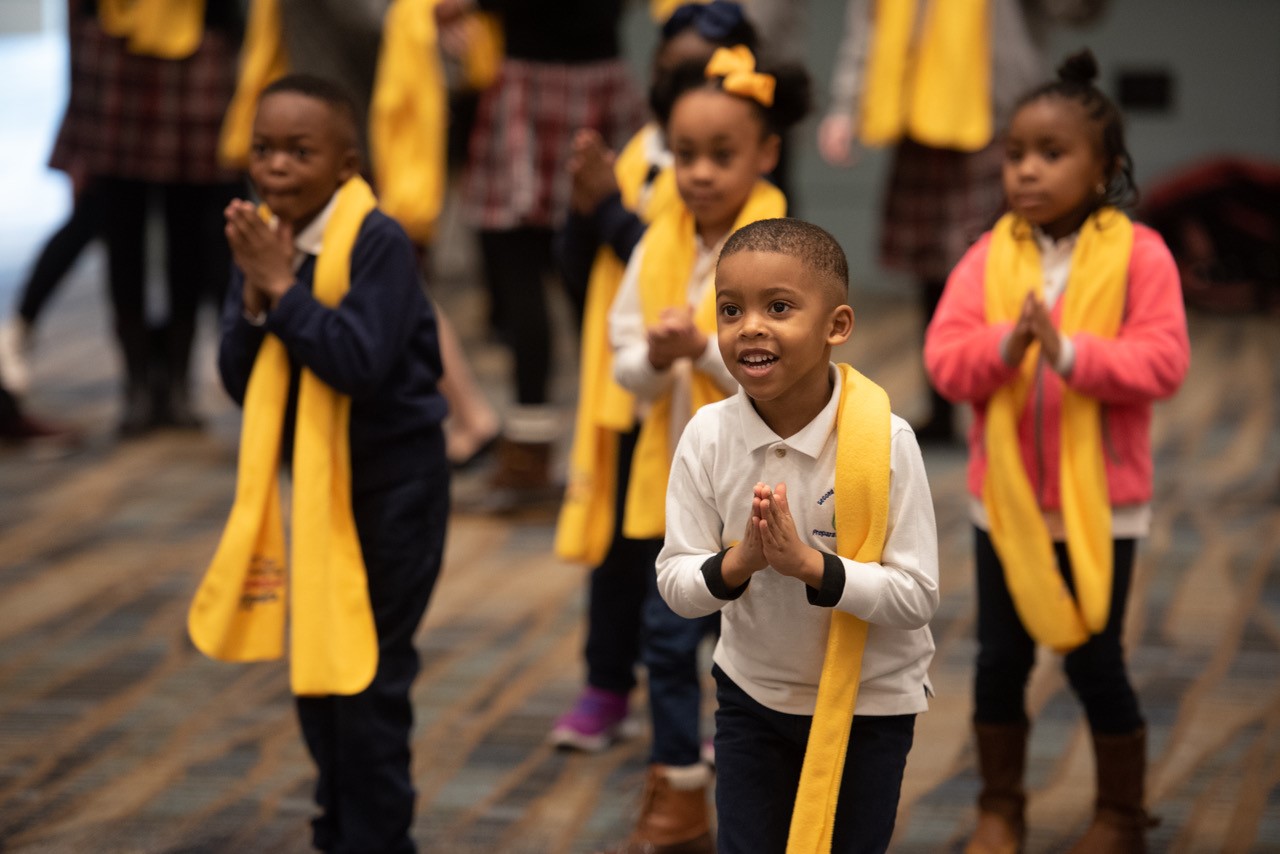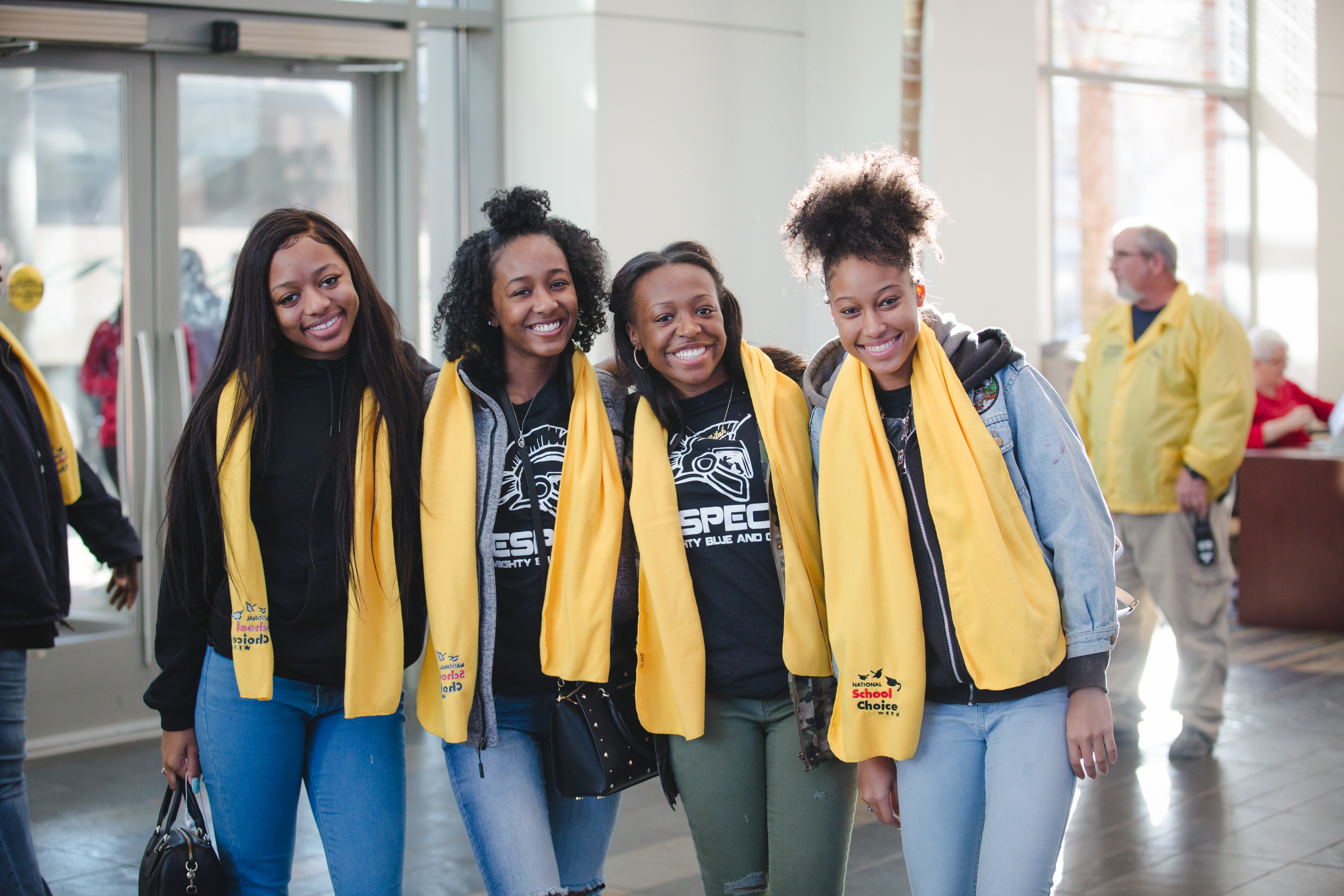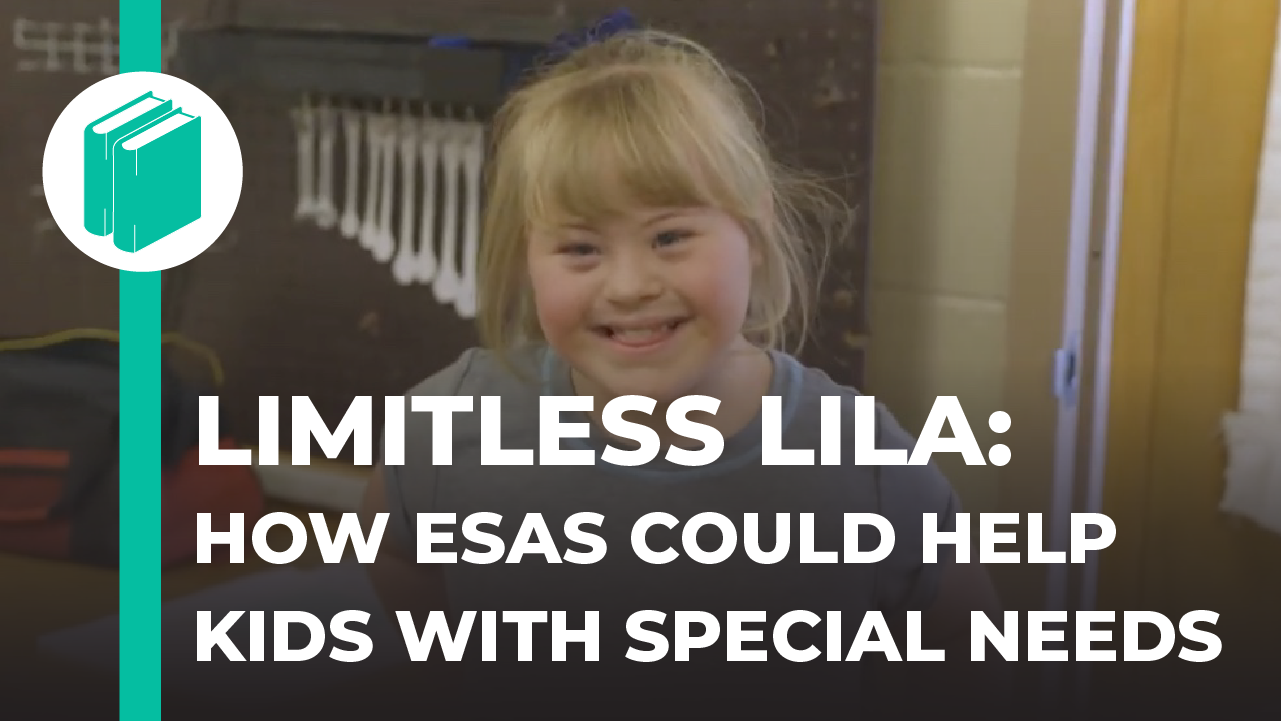Common education choice myths debunked
With so much one-sided information and politically charged opinion on education out there it can be difficult for people, and most importantly parents, to see through the buzzwords… especially when it comes to school choice, a buzzword of its own. We believe education choice is a better description as new and innovate models allow parents to choose options for their children that don’t fit the traditional “seat in a school building” education model.
The conversation surrounding the issue of choice may lead to questions like: Does school choice really take money away from public schools? Are school choice programs actually perpetuating racial segregation?
Palmetto Promise is here to help answer those questions and many more. We’ve compiled the most common arguments against education choice and have answered each using both South Carolina-specific data and examples from neighboring states. Read below as we debunk the common myths surrounding education choice.

When a student takes part in an educational choice program, he or she is no longer present in the public school creating demand for public school resources. The average per pupil cost for a public school student in South Carolina (state and local only, no federal funds) is $12,847 (2018- 2019) and the average public charter school is funded at $10,000 (2018-2019 average across authorizers).
But the average ESA scholarship grant, the full cost for educating a child, is projected at $6,446. That’s because in South Carolina’s Education Scholarship Account (ESA) program, only the state portion of funds follow the student. Public schools will continue to receive local dollars for the student (and federal dollars where applicable).
This windfall is in line with the experience of other states. For Oklahoma’s Equal Opportunity Scholarship, the “fiscal return to the Oklahoma taxpayer is $2.58 for every $1.00 of tax credit issued, while the savings specific to the state’s funding is $1.24 for every $1.00 of tax credit issued.” An analysis of one of the Arizona choice programs found that “the state saves at least $34.6 million, and potentially upwards of $285 million per year, compared to the cost of educating those students in public school.”
Also, according to the American Federation for Children, of 28 studies measuring the financial impact on public schools and taxpayers of choice programs, 25 show school choice programs save taxpayers money.
Sources: Oklahoma City University: “Fiscal Impact Analysis of the Oklahoma Equal Opportunity Scholarship Tax Credit” (Jacob Dearmon and Russell Evans, 2018) | Meira Consulting: “How the Arizona School Tuition Organization Tax Credits Save the State Money” (Deborah Sheasby, 2020) | American Federation for Children: “Research Shows Favorable Impact of School Choice”

The state does not choose or in any way favor religious schools. They are simply vendors for educational services like any other school. This practice has been upheld by numerous state courts and in the U.S. Supreme Court.
In Espinoza v. Montana Department of Revenue (2020) the U. S. Supreme Court considered whether it should invalidate a religiously neutral student-aid program simply because the program allows students the choice of attending religious schools. Their answer was a firm no. Espinoza builds on the court’s Zelman v. Harris decision (2002).
In Adams v. McMaster, the S. C. Supreme Court overturned a COVID-related program financed with federal emergency funds based on the source and specific flow of funds. Subsequently filed South Carolina ESA legislation has been crafted to avoid both issues and relies firmly on the clear guidance of Espinoza and Zelman.
Source: Zelman v. Simmons-Harris, 536 U.S. 639 (2002)

Out of 23 studies that measure the academic outcomes of education choice programs, 65% percent showed positive academic impact for choice program participants.
In Milwaukee, a parental choice program led to 10.7% higher scores in math and 5.8%higher performance in reading than public school peers.
Source: EdChoice: Greg Forster, “A Win-Win Solution: The Empirical Evidence on Education choice” (EdChoice, 2016)

The guiding principle of the choice movement is that parents – not bureaucracies — are most qualified to pick the right learning environment for their children. Because of that belief, we celebrate all great schools and all great teachers.
A one-size-fits-all approach does not meet the needs of all children. This view was articulated best by Delores Gilliard, a veteran public school teacher who now leads St. Martin de Porres Catholic School in Columbia:
“I’m a 40-year veteran of a public school as a teacher and administrator. Not all settings fit all children. Parents need choice. We need choices for our boys and girls who have academic and social problems, and we need to meet those needs in order for our boys and girls to be successful.”

Administrative, financial, and academic accountability are built into public charters, existing (Exceptional SC) and proposed (ESA) education choice programs. Academically, in both private choice programs, participants must take a state assessment or a national test. Most importantly, there is also the accountability to parents, who can remove their children at any time, if they are not satisfied with the education their child receives.

27 studies have been conducted regarding the academic outcomes of students who remain in public schools when education choice is offered. 93% of the studies found a positive impact on academic outcomes for those students.
Florida, who has some of the oldest and most robust education choice programs in the country, has seen incredible increases in math and reading achievement. In 1998, Florida’s public education system was one of the worst in the country. Just recently, The Nation’s Report Card ranked them 5th in fourth grade reading achievement. Between 1998 and 2018, nearly 150,000 low-income and disabled students received scholarships to attend a private school and an additional 280,00 students began attending a public charter school
Sources: EdChoice: Greg Forster, “A Win-Win Solution: The Empirical Evidence on Education choice” (EdChoice, 2016) | Orlando Sentinel: “Nation’s report card: ‘Something very good is happening in Florida’” | Foundation for Florida’s Future: “Florida 1998 v. 2018″”

For example, in Florida, years of standardized test results shows students on education choice scholarships are typically the lowest-performing students from the lowest-performing public schools. All of the annual test score analyses from Florida is available and backs up this claim. This is also a false accusation against public charter schools, which by law must be open to all.
Source: Florida Department of Education: Facts & Figures | Step Up for Students: The plan to help disadvantaged students this year | EdChoice: Greg Forster, “A Win-Win Solution: The Empirical Evidence on Education choice” (EdChoice, 2016)

Of ten studies conducted on education choice and segregation, one found no impact and nine found that education choice leads to more diversity. A RAND study found that students leaving public schools for charter schools did so between schools with similar racial compositions. In Louisiana, 82% of transfers due to education choice had the effect of reducing racial stratification.
Sources: American Federation for Children: “Research Shows Favorable Impact of School Choice” | RAND: “Are Charter Schools Making a Difference?”

Every year in America, over 76,000 students with special needs take part in twenty-one education choice programs designed specifically for them. During COVID, these students have been among the hardest hit. During COVID, these students have been among the hardest hit. These “parental placements” in private schools are perfectly legal under the federal Individuals with Disabilities Education Act (IDEA). The level of parent satisfaction with these programs is extremely high. Who knows better than a parent what their child needs? For example, the outpouring of support for Exceptional SC, a private school placement program exclusively for children with special needs, led the SC General Assembly to make it permanent law in 2018. Nearly every Education Savings Account (ESA) program, including SC’s proposed program, is open or even targeted specifically to children with special needs
Sources: Heritage: “Education Savings Accounts: Giving Every Child the Chance to Succeed”

A voucher is equivalent to a parent buying a seat in a private school with public dollars. In a tax-credit scholarship, the state uses tax-credits to incentivize donations to scholarships for students to use toward private school tuition. An ESA uses a state’s per-pupil calculations to set-aside state money into accounts that parents can legally use for an array of education expenses, while federal and local dollars stay with the district. An ESA is an innovation of previous education choice models, giving parents important flexibility to be able to fully customize their child’s education.

All public schools, district, and charter, contract for services and purchase goods from for-profit vendors. Some charter school governing boards hire for-profit management companies to oversee the day-to-day operations of their schools — they are employed by the charter school; they do not own it. Calling public schools “for-profit” is a tactic intended to play sides against one another by evoking fear of loss and greed.





